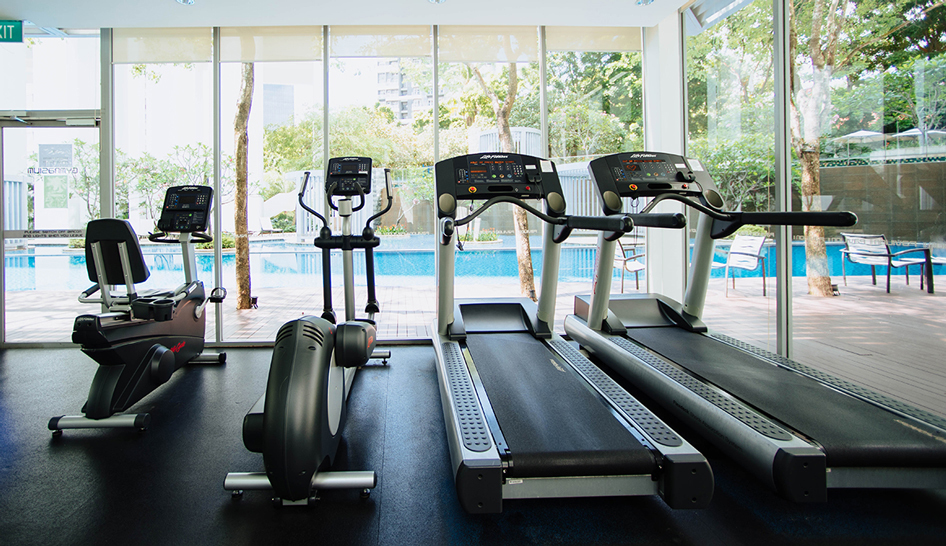Jimenez v. 24 Hour Fitness
In Jimenez v. 24 Hour Fitness USA, Inc. (2015) 237 Cal. App. 4th 546, the plaintiff sustained significant injuries when she fell from a treadmill and struck her head on an exercise machine approximately 3 feet, 10 inches behind the treadmill.
In a section titled “Treadmill Safety Features,” the treadmill manufacturer’s owner’s manual instructed: “[I]t is important to keep the area around the treadmill open and free from encumbrances such as other equipment. The minimum space requirement needed for user safety and proper maintenance is three feet wide by six feet deep … directly behind the running belt.”
The manufacturer’s assembly guide for the treadmill also said to provide a minimum 6-foot clearance behind the treadmill for “user safety” and maintenance. None of the 21 treadmills at the subject 24 Hour location had a 6-foot safety clearance.
24 Hour brought a motion for summary judgment claiming that the release in the plaintiff’s membership agreement barred her claim. Plaintiff opposed the motion claiming, among other things, that 24 Hour’s actions constituted gross negligence which could not be barred by the release. The trial court granted 24 Hour’s motion finding that, as a matter of law, a space of 3 to 4 feet—as opposed to the recommended 6-foot safety zone—cannot constitute gross negligence, because “it does not reflect an ‘extreme departure from the ordinary standard of conduct.’” The court reasoned that 24 Hour’s placement of the treadmill at most constituted ordinary negligence which was barred by the release in the plaintiff’s membership agreement.
The Court of Appeal Reversed
The evidence presented by the plaintiff that the Court of Appeal relied upon to reverse the trial court included:
- the treadmill manufacturer’s owner’s manual instructed that the minimum space requirement needed for user safety and proper maintenance is 3 feet wide by 6 feet deep;
- the manufacturer’s assembly guide for the treadmill also instructed that the treadmill requires a minimum 6-foot-deep clearance behind it “for user safety and proper maintenance”; and
- plaintiffs’ expert’s declaration regarding the importance of providing the safety zone behind the treadmill.
Given this evidence, the Court of Appeal held that a jury could reasonably find that:
- it is standard practice in the industry to provide a minimum 6-foot safety zone behind treadmills;
- 24 Hour did not provide this minimum 6-foot safety zone; and
- the failure to provide the minimum safety zone was an extreme departure from the ordinary standard of conduct.
While the Court of Appeal did not actually find that 24 Hour’s conduct constituted gross negligence, it did find it to be a question that needed to be decided by a jury. This is significant because often a case can be disposed of without a trial based upon the release. The costs and risks associated with trial are significant.

